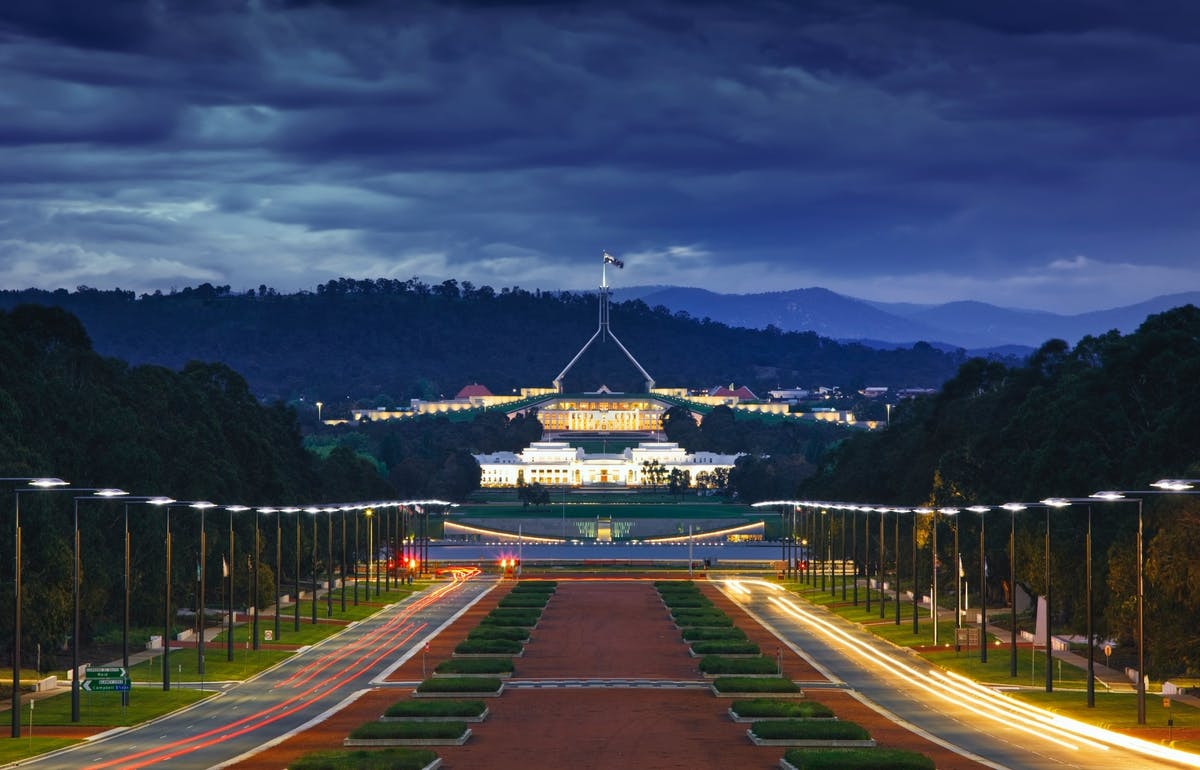Treasurer Josh Frydenberg has released the mid-year budget update, which shows a narrower budget deficit and a sharp drop in the unemployment rate.
According to the Mid-Year Economic and Fiscal Outlook (MYEFO), the government’s deficit for 2021-2022 has been reduced from $106.6 billion in the previous May budget to $99.2 billion. This represents a $7.4 billion increase over the 2021-22 Budget.
Furthermore, the unemployment rate is set to decline to 4.25 per cent in the June quarter of 2023.
“The Australian economy has performed more strongly than any major advanced economy throughout the pandemic is poised for strong growth,” Treasurer Josh Frydenberg said in a joint statement.
“This is underpinned by Australia’s high vaccination rate and unprecedented economic support to households and small businesses.”
According to the government, Australia’s real GDP is expected to grow by 41/2 per cent in 2021 and 41/4 per cent in 2022, reflecting strong and broad-based economic momentum.
The forecasts assume a gradual reopening of the border, beginning in early 2022, with a gradual return of temporary and permanent migrants.
“The rapid recovery from the Delta imposed lockdowns is expected to see the addition of around 1 million jobs between October 2021 and the end of the forecast period, which is around 150,000 more jobs than forecast in the 2021‑22 Budget,” Treasurer added.
As part of the budget, the government announced the following funding commitments:
- $2.3 billion in funding commitments for new and existing infrastructure projects, and more than $500 million for rural and regional Australia.
- $896.0 million to support a strong labour market recovery, address workforce shortages, and build workforce capability.
- To support the National Disability Insurance Scheme, the government will spend $2.7 billion in 2021/22 and $26.4 billion over the next four years, until 2024 25.
- $1.1 billion to help Aboriginal and Torres Strait Islander people with health, education, early childhood, justice, languages, and family support.
- To work towards net zero emissions by 2050, the government will invest $1.1 billion over ten years to support reliable energy supply and a technology-driven approach to emissions reduction.
Prepare for COVID-19 headwinds to continue
Mr Frydenberg also stated that income tax cuts and a strong labour market recovery are causing household consumption to rise at the fastest rate in more than two decades.
He did, however, warn that the global pandemic will continue to be a hindrance to the domestic and global recovery for some time to come.
“The pandemic will continue to pose headwinds for the global and domestic recovery for some time to come, as demonstrated by the recent emergence of the Omicron variant,” he said.
“However, Australia’s high vaccination rate and increased investment in health system capacity, together with ongoing improvements in vaccines, diagnostics, and other therapeutics, are likely to assist in mitigating the downside risks to the economic outlook.”
Furthermore, temporary tax breaks will drive the largest increase in business investment since the mining boom, with non-mining investment expected to reach all-time highs.
Click here for the official announcement.
The 2021-22 MYEFO is available on the Budget website.
Keep up to date with our stories on LinkedIn, Twitter, Facebook and Instagram.

